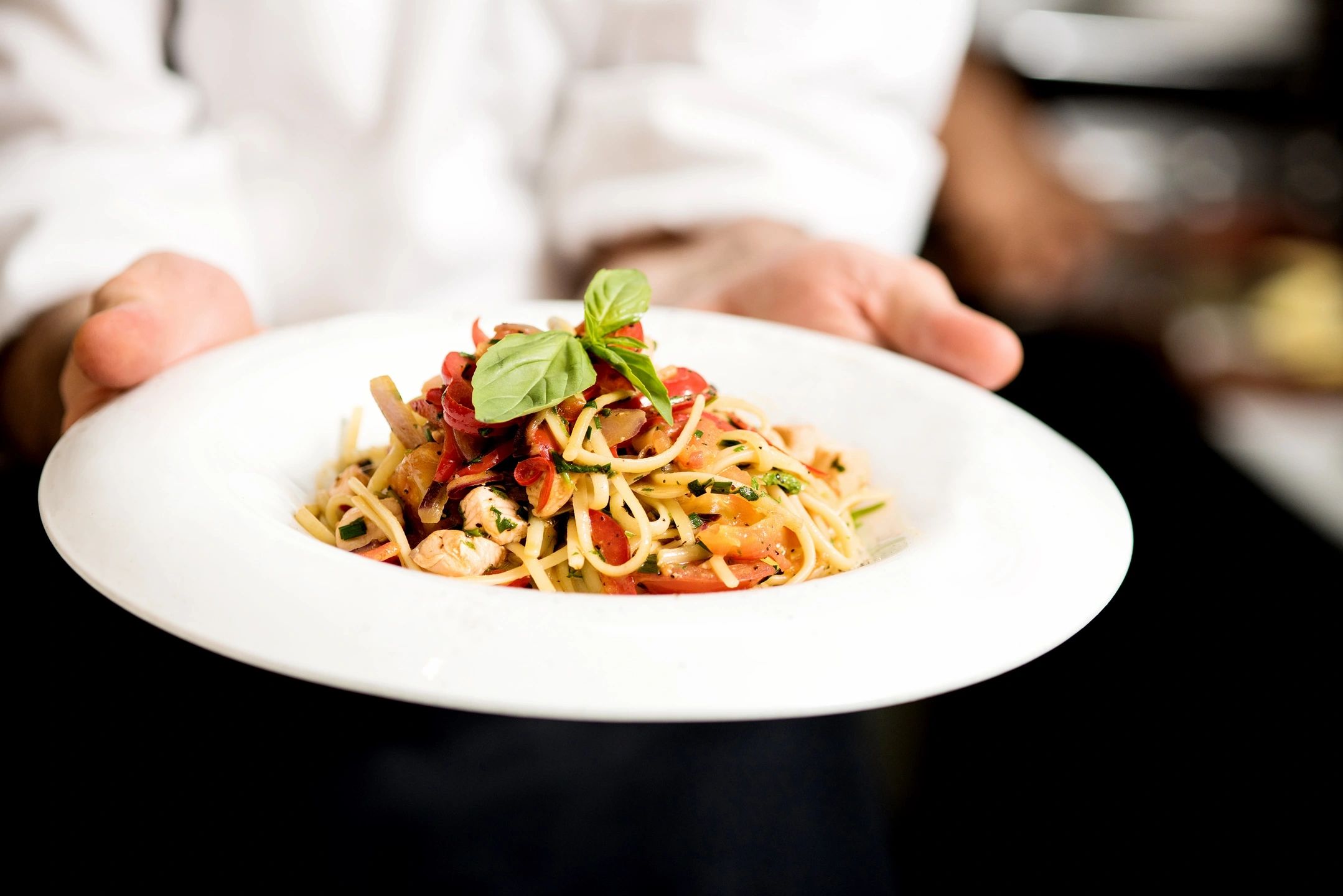The Best Italian Cooking Classes in Italy
If you’re a foodie and you love to travel, taking local cooking classes is a great way to experience local food, ingredients, and chefs. One of the first things I do when booking a trip to a new-to-me destination is to investigate cooking classes and food tours. I’ve attended some of the best Italian cooking classes so I’m excited to share them with you.
Italy is a dream destination for food lovers, and there’s no better way to immerse yourself in its culinary culture than by taking a cooking class. Whether you’re a seasoned chef or a beginner, these classes provide a hands-on experience that goes beyond just eating—you’ll learn the techniques and traditions behind some of Italy’s most beloved dishes. I like to book villas in Italy and invite a local chef in to prepare dinner for us while we watch and learn. Here are some of the best cooking classes in Italy, each offering a unique taste of this food-lover’s paradise.
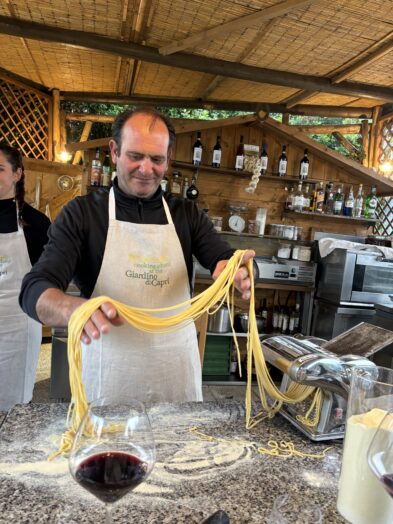
Before we dive in here, be sure to read my article on The Best Italian Towns for Foodies!
The Best Italian Cooking Classes For Foodies
This blog post may contain affiliate links, meaning that if you click on a link and make a purchase, I may receive a small commission at no extra cost to you. I only recommend products and services I truly believe in and use myself.
1. Cooking Vacations in Positano
Located on the stunning Amalfi Coast, Cooking Vacations combines breathtaking views with authentic Italian cooking. Classes are located in Positano, a picturesque village known for its colorful cliffside homes and serene beaches. These classes will teach you all about the regional cuisine of the Amalfi Coast, featuring fresh seafood, homemade pasta, and locally grown produce like lemons and herbs. Expect to work with seafood from the Mediterranean, locally sourced olive oil, and the region’s famous lemons. I attended a class in nearby Capri and it was amazing! Classes are intimate, often held in the chef’s home, and conclude with a shared meal overlooking the coast.
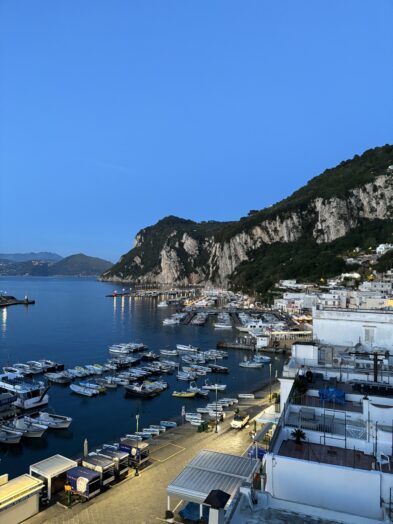
2. Tuscookany in Tuscany
I love the homey comfort of Tuscan food. When I first moved to Italy, we stayed at an agriturismo with a local family and I stood in her kitchen every day watching her cook. It is one of my favorite memories.If you’re looking for an immersive culinary vacation, Tuscookany offers week-long stays at luxurious villas where you’ll learn to prepare a variety of Italian dishes. From antipasti to desserts, the experience is as educational as it is indulgent. You’ll work with seasonal vegetables, meats, and cheeses sourced from local Tuscan markets. Multi-day classes are paired with wine tastings and excursions to nearby vineyards and olive groves.
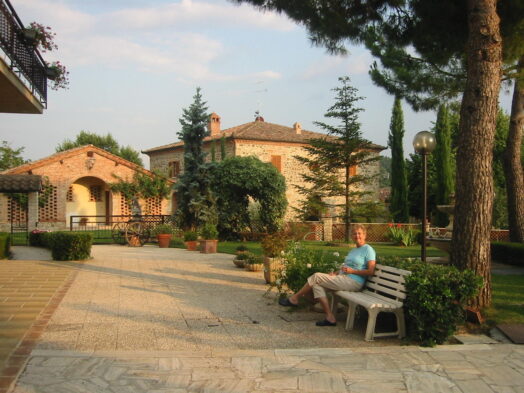
3. La Vecchia Scuola in Bologna
Known as the birthplace of tagliatelle, tortellini, and ragù, Bologna is a must-visit for pasta lovers. La Vecchia Scuola Bolognese specializes in traditional pasta-making techniques, teaching students to roll, cut, and shape pasta by hand. You’ll learn all about using high-quality flour, eggs, and regional specialties like prosciutto di Parma. These Hands-on workshops led by expert pasta makers, followed by a communal meal. I could spend weeks in Bologna, Italy’s food capital, with its vibrant markets and historic arcades.
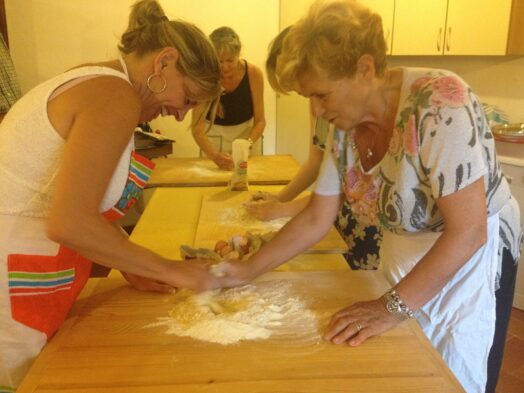
4. Mama Florence in Florence
Florence is truly one of my favorite regions of Italy for its food and wine. Mama Florence provides a variety of cooking classes led by professional chefs – you can opt for a small group class or a private one. You’ll learn to make fresh pasta and traditional Italian dishes, including authentic Tuscan meals. There is a wide range of classes and cuisines available.
5. Anna Tasca Lanza Cooking School
In Sicily, cooking is a family affair. I can attest to this as my husband’s family is from Sicily and life centers around food! For an authentic culinary experience in Sicily, the Anna Tasca Lanza Cooking School offers immersive programs ranging from single-day lessons to five-night stays. Set in a 19th-century farmhouse, guests engage in hands-on classes that delve into traditional Sicilian cuisine, providing a deep appreciation for the island’s rich food heritage. You’ll work with ingredients like fresh seafood, eggplants, tomatoes, and Sicilian ricotta. Classes are offered at various locations in Sicily, from Palermo to Catania.
6. Farm-to-Table in Umbria
If you read my blog, it’s no secret that Umbria is my favorite region. Umbria’s farm-to-table cooking classes highlight the region’s rich agricultural heritage. Participants harvest ingredients directly from the farm before heading to the kitchen to prepare rustic dishes like wild boar stew and strangozzi pasta. You’ll cook with ingredients like truffles, lentils, and Umbrian olive oil. Definitely opt for one of the full-day experiences that include foraging, cooking, and dining.
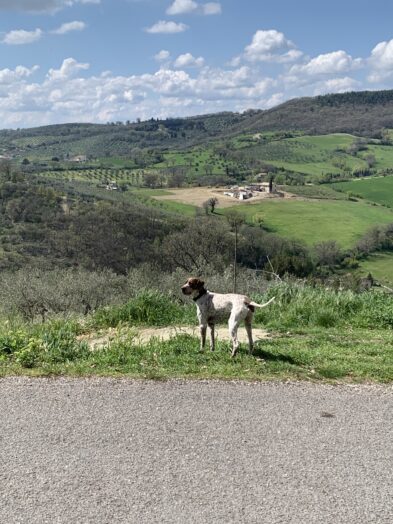
7. Cooking with Giuliano Hazan in Verona
Giuliano Hazan, son of renowned cookbook author Marcella Hazan, one of my favorite chefs, offers classes in his Verona cooking school. Verona is a city famous for its Roman amphitheater and romantic ambiance. The focus is on simple, authentic recipes that highlight the flavors of fresh, quality ingredients. You’ll work with seasonal produce, fresh herbs, and traditional Italian pantry staples. Many of these classes include wine pairings.
8. Pasta Making in Rome with Eat & Walk Italy
Eat & Cook Italy offers immersive cooking classes in Rome, providing travelers with an authentic taste of Italian cuisine in a hands-on, engaging environment. Led by experienced local chefs, these classes take participants through the process of crafting traditional Italian dishes, from handmade pasta to classic Roman specialties like carbonara and tiramisu. The experience often begins with a visit to a local market to source fresh ingredients, enhancing the cultural and culinary journey. Whether held in a professional kitchen or a charming Roman home, Eat & Cook Italy’s classes cater to all skill levels, making them a perfect activity for food enthusiasts looking to deepen their appreciation of Italian gastronomy.
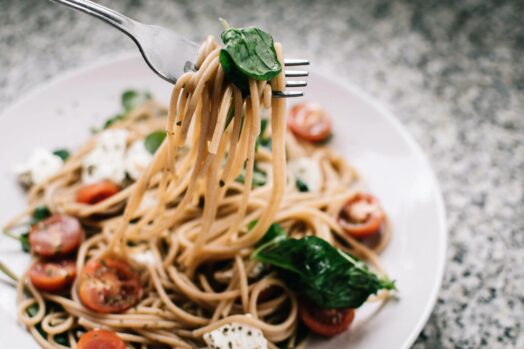
9. Villa Bordoni Cooking Classes in Chianti
Set in a luxury boutique hotel, Villa Bordoni offers exclusive cooking classes focused on Tuscan and Chianti cuisine – and Chianti wine! The chef teaches techniques for creating dishes like pici pasta and bistecca alla Fiorentina (my husband’s favorite). You can work with locally sourced meats, wines, and organic produce. The Chianti region is a magical region famous for its vineyards and medieval villages.
10. Cesarine Home Cooking Experiences
Cesarine classes offer an authentic and intimate way to explore Italy’s rich culinary traditions by connecting travelers with local home cooks, known as Cesarine. These passionate hosts open their homes to guests, providing hands-on cooking lessons and homemade meals that showcase regional specialties passed down through generations. Whether learning to make fresh pasta in Bologna, crafting Sicilian cannoli, or savoring a traditional Tuscan feast, each experience immerses participants in the heart of Italian hospitality. Unlike typical cooking classes, Cesarine experiences emphasize personal connections, storytelling, and the use of local, high-quality ingredients, making them a unique and memorable way to experience Italy’s food culture.
Taking a cooking class in Italy with some of the best Italian cooking classes is more than just a lesson in the kitchen—it’s a window into the country’s rich culinary heritage. Whether you’re learning from a Michelin-starred chef or a local nonna, these experiences will leave you with skills and memories to cherish for a lifetime. So pack your apron and get ready to cook your way through Italy!
The Best Time to Visit Italy
The best time to travel to Italy depends on the experience you’re seeking. Spring (April to June) and fall (September to October) are ideal for pleasant weather, fewer crowds, and vibrant landscapes, making these seasons perfect for sightseeing, food and wine experiences, and outdoor activities. Summer (July and August) brings hot temperatures and peak tourist crowds, especially in cities like Rome, Venice, and Florence, though coastal areas like the Amalfi Coast and Sicily are lively and beautiful. Winter (November to February) is the least crowded time, ideal for lower prices and festive Christmas markets, though some attractions in smaller towns may have limited hours.
When it comes to getting around, Italy’s extensive train network is the most convenient and efficient way to travel between major cities. High-speed trains, such as Frecciarossa and Italo, connect cities like Rome, Milan, Florence, and Venice in just a few hours, while regional trains serve smaller towns. Booking tickets in advance can save money, especially for high-speed routes. For exploring the countryside, such as Tuscany, Umbria, or the Amalfi Coast, renting a car provides flexibility and access to charming villages and scenic landscapes not easily reachable by train. However, driving in major cities is challenging due to traffic, limited parking, and restricted zones (ZTLs), so it’s best to rely on public transport within urban areas. Combining trains for long-distance travel and rental cars for rural exploration offers the best balance of convenience and adventure.
Get my tips for planning your own AMAZING foodie adventures.
Interested in uncovering the world’s best culinary destinations, food tours, cooking classes, and getting my insider tips for planning your own foodie adventure? Just enter your email and I’ll send you my mouthwatering monthly newsletter.

